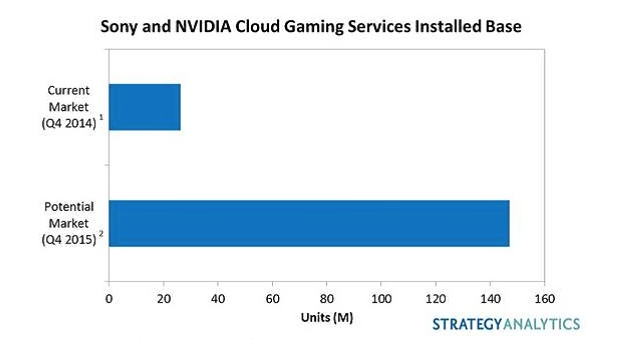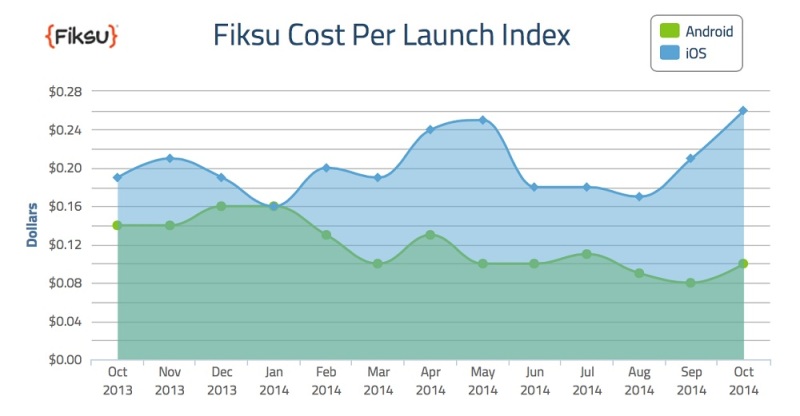The mobile games market continues to thrive, and the region where it’s growing the fastest is Asia. A new overview of the rapidly growing Asian market was prepared by mobile game marketing firm Applift in conjunction with Newzoo, and the report offers a valuable look at some of the key statistics for mobile games in China, South Korea, and Japan.
The report sets the stage for its revelations early. “Asia Pacific is the world’s largest mobile games market with $12.2 billion total revenue in 2014. This amounts to 48 percent of the total global mobile games revenue.” noted the introduction. “Asia is a continent where Android is king, localization of Western games is of paramount importance, live in-game events and support are not only nice to have but expected, and local players sometimes take precedence over the status quo people are used to in Western markets.”
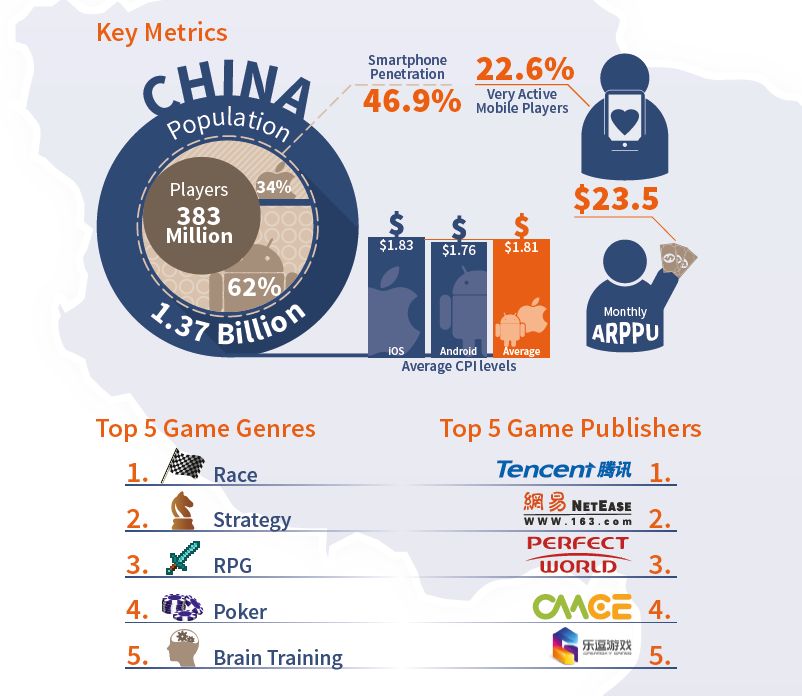
The three top Asian markets are (in order of total revenue) Japan, China, and South Korea. The countries have very different markets, yet there are some commonalities. For one thing, despite the outsized success of titles like Supercell’s Clash of Clans and King’s Candy Crush Saga, games from publishers of that country tend to populate most of the best-selling title lists. It’s clear that a strong understanding of the local markets and culture is important to success in each country. Publishers from other countries either need to get lucky with a title that happens to
All three countries are dominated by Android smartphones, yet the breakdown of market share between iOS and Android is quite different in each country. South Korea is dominated by Android with 85 percent market share, which is due in part to the local presence of Samsung and its massive line of bestselling phones. Japan has a strong iOS market share with 37 percent of the market, while China is slightly behind with only 34 percent of the market owning an iOS device.
It would be a mistake to assume that the gamers in these three Asian countries are interesting in the same type of games to the same degree. The list of the most popular game genres are quite different for each country, though there is some overlap. The top game genres in China are Race, Strategy, RPG, Poker, and Brain Training. The lineup is quite different in Japan, with RPGs as the #1 genre of game, followed by Puzzles, Simulation, Action/Adventure, and Card Games (excluding Poker). South Korea has Puzzles as the #1 genre of game, followed by Race, Simulation, Action/Adventure, and Strategy.
Major differences are seen in the population and the prospects for these three countries. China already has 383 million active mobile gamers out of its 1.37 billion people, with smartphone penetration of the general population at 46.9 percent. The monthly average revenue per paying user (ARPPU) in China is $23.50, and the vast majority (73.6 percent) of payers spend only a small amount. Smartphones are by far the device of choice in China, with 94.4 percent of users employing smartphones to play games — but 51.7 percent also use tablets to play games.
China is poised to take the #2 position in the list of the world’s biggest mobile game markets, right behind Japan, passing up the US sometime in the next year. Clearly there is also plenty of upside expansion left in China, as the penetration of smartphones is still less than half the population. Average cost per install (CPI) levels are at $1.81, much less than Japan or Korea. One obstacle facing China, though, is the absence of the Google Play store (since China prevents Google from operating there) and the consequent fragmentation of the app stores, with dozens competing to be the place where gamers can find games.
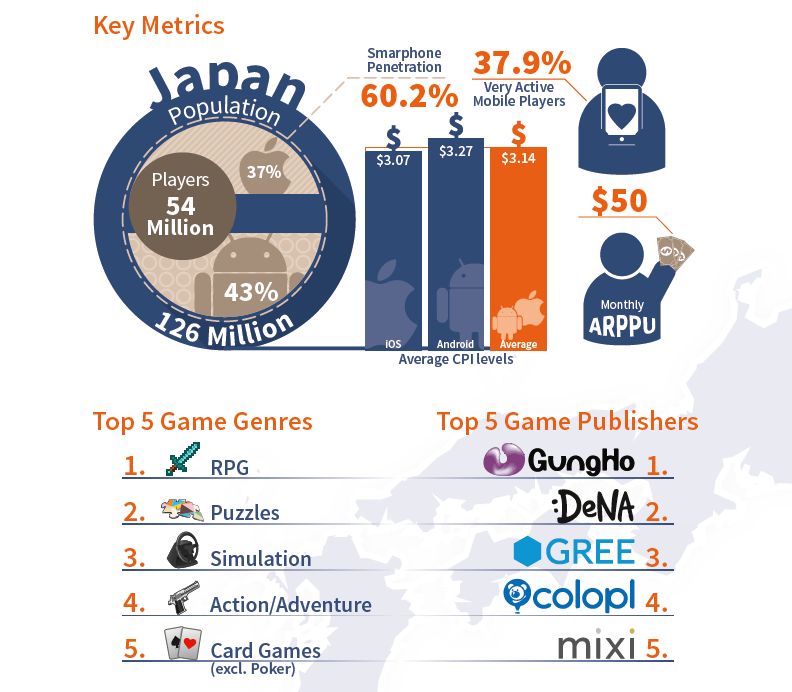
Japan’s smartphone penetration is now over 60 percent, according to the report, and 37.9 percent are very active players with an average monhtly ARPPU of $50. That also helps explain the average CPI of $3.14, making it expensive to get your game established through buying installations. Japan has 54 million players out of its 126 million population, so there’s nowhere near as much upside as China posesses.
One of the interesting aspects of the Japanese market is the ‘live events’ that are popular in mobile games. “Live in-game events and gambling hooks are widely used and very successful in order to foster engagement, retention and above all high player revenue in Japan,” the report noted. “Live events are special happenings that show special graphics, characters, etc. for a limited period of time, thereby creating a feeling of urgency and excitement for users.”
One of the classic mechanisms in Japan for attracting users and elevating spending is the gatcha. “Gatcha are gambling mechanisms whereby users pay a certain amount to get an unknown, random virtual item (card, unit, coins, etc.) within a wide value range, for instance through a wheel of fortune. This technique creates a lot of excitement and provides a thrilling gaming experience,” the report stated. No doubt, any resemblance to the English term “gotcha!” is purely coincidental.
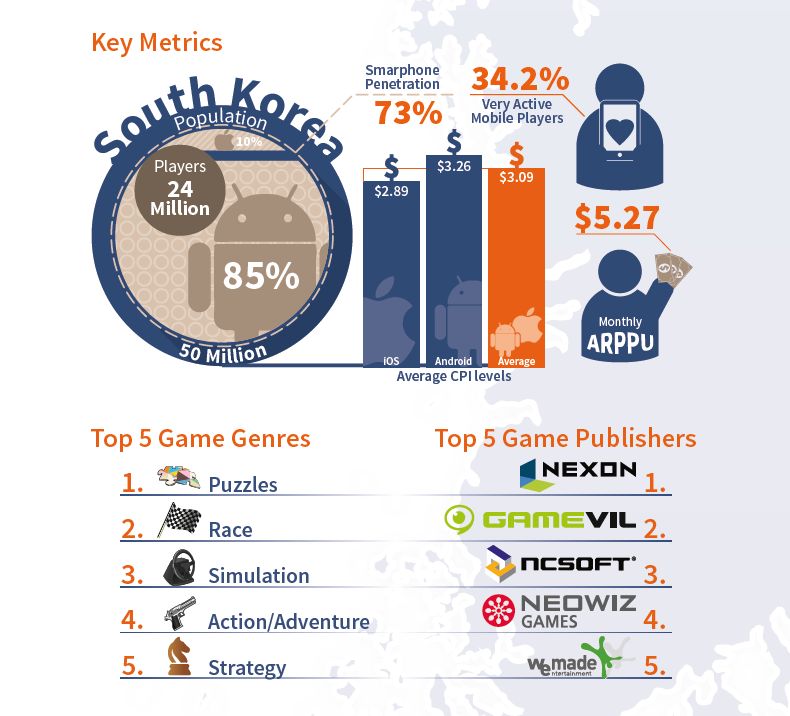
South Korea has only 50 million people, but almost half the population (24 million) are players of mobile games, and smartphone penetration is at 73 percent. The monthly ARPPU is a small fraction of Japan’s ARPPU at only $5.27, but the CPI is almost the same at $3.09. The unusual feature of South Korea’s market is the dominance of messaging app KakaoTalk, and its overwhelming power to market games. “Messaging app KakaoTalk is installed on 93 percent of smartphones in South Korea,” the report states. “Its dominance as a mobile games publishing and discoverability platform makes it difficult for publishers to shine through outside of it. Developers should consider publishing here for the viral potential. 9 out of the top 10 grossing apps on Google Play are Kakao published.”
The report concludes that China is the most appealing of the three markets right now. “China’s CPI levels are low in comparison to Japan’s and South Korea’s; one of the reasons behind us crowning it the most globally appealing market out of Asia’s big three,” the report concluded. All three of these markets are good targets for mobile game publishers, but the right approach — and the right partners — are vital to success in all of them.
